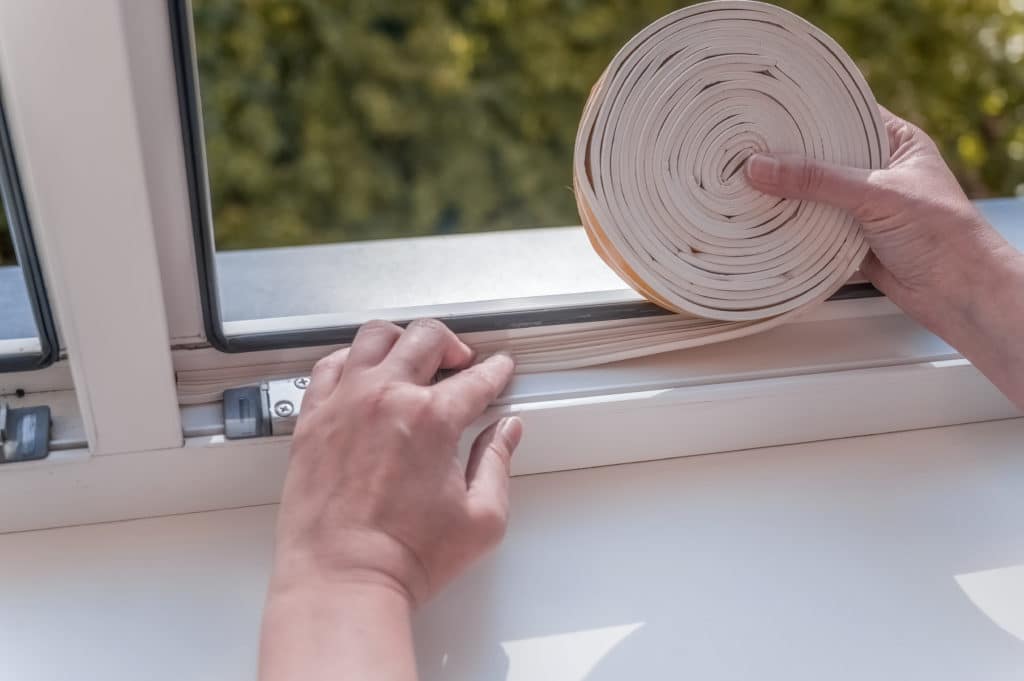Tightly sealed windows save energy
In view of the dramatic increase in energy prices, every building envelope should be optimized for energy efficiency to ensure less heating energy is wasted. For example by proper sealing of the windows. This also benefits the environment, because less heating is required and therefore fewer emissions are released. What is more, there will be no need for the complete replacement of all windows.
Tip 1: How to detect leaks
Drafts mainly occur in two places. One area is the joint between the glazing and the frame. The other is the joint between the frame and the outer wall and/or shutter box (window reveal). The latter source of leakage is relatively common, as windows were not always installed expertly in the past. There are two well-known tricks for detecting leaks. With the candle test, a burning candle shows which way the wind is blowing. The paper test has also proven its worth: Simply clamp a sheet of paper between the window and the frame and close the window. If the paper can be pulled out, the window is not tight.
Tip 2: Eliminate leaks yourself or hire a professional craftsman
Experienced do-it-yourselfers can carry out minor sealing work between the glazing and the frame themselves. Depending on the nature of the leaks, they can be eliminated with joint sealants made of silicone or acrylic. However, if there are leaks in the area where the window frame meets the exterior wall, it is better to call in a professional craftsman. Along this seam, gunnable sealants, sealing strips and membranes as well as pre-compressed foam tapes are the preferred choice. Their correct handling requires a great deal of expert knowledge and experience. It is advisable to hire a specialist company that is certified to carry out “Window installation according to RAL guidelines”. Residents can then be sure that the sealing job will not be botched.
Tip 3: Watch out for EMICODE®-certified products to ensure healthy living
Regardless of whether the work is done by a do-it-yourselfer or a professional: When choosing the right sealing materials, make sure they are elastic and able to withstand large temperature differences. Consumers should also take care to use products that are harmless to human health. After all, pollutants can have a considerable impact on the quality of indoor air. A reliable quality seal is the EMICODE® label on the packaging. Products carrying this seal have been tested for harmful emissions in special test chambers. To ensure long-term compliance with the predefined limit values, the initial laboratory test is followed by regular spot checks carried out by independent experts and testing institutes.

Photo: ©mgequivalents/123rf.com/GEV
Do You Have Questions?
If you have any questions on certain topics or want to contact us for another reason, please contact us by phone, fax or email.
Phone: +49 211 / 67931-20
Fax: +49 211 / 67931-33
info@emicode.com
Share article on Social Media: